如何使用Python+OpenCV+Keras实现无口罩车辆驾驶员惩罚生成
将Flask与两个模型和MongoDB集成以实现端到端流程我们创建了一个flask main.py,该flask链接到各种HTML模板,以从用户那里获取前端汽车驾驶员图像的输入。然后,该图像由CNN模型处理,以在后端进行口罩检测,并且无论驾驶员是否戴口罩,结果都将显示在HTML模板中。下面的代码以图像文件的形式从用户那里获取输入,对图像应用各种预处理技术,例如调整大小,灰度,重新排列图像阵列,然后将图像发送到已经训练好的模型以确定输出。@app.route('/', methods=['POST'])
def upload_file():
img_size=100
data=[]
uploaded_file = request.files['file']
result=''
if uploaded_file.filename != '':
filename = uploaded_file.filename
uploaded_file.save(os.path.join(app.config['UPLOAD_PATH'], filename))
img_path = os.path.join(app.config['UPLOAD_PATH'], filename)
print(img_path)
img=cv2.imread(img_path)
gray=cv2.cvtColor(img,cv2.COLOR_BGR2GRAY)
resized=cv2.resize(gray,(img_size,img_size))
data.append(resized)
data=np.array(data)/255.0
data=np.reshape(data,(data.shape[0],img_size,img_size,1))
new_model = load_model('saved_model/my_model')
output = new_model.predict(data)
if output[0][0]>=0.5:
result = 'The person is Masked'
else:
result = 'The Person is Non Masked'
print(result)
return render_template('Show.html',result=result)
以下是HTML模板,该HTML模板作为上载图像文件的一部分显示给用户。

下面是一个Html模板,当POST方法在处理完图像后发送结果时显示,显示驾驶员是否戴了口罩。

接下来,我们上传车辆图像,该图像已被确定为驾驶员没有戴口罩。车辆的图像再次通过图像预处理阶段进行处理,在该阶段中,模型会尝试从车牌中的车牌框中提取文本。@app.route('/Vehicle', methods=['POST'])
def table2():
uploaded_file = request.files['file']
result=''
if uploaded_file.filename != '':
path='static/car'
filename = uploaded_file.filename
uploaded_file.save(os.path.join(path, filename))
img_path = os.path.join(path, filename)
print(img_path)
img = cv2.imread(img_path,cv2.IMREAD_COLOR)
img = cv2.resize(img, (600,400) )
gray = cv2.cvtColor(img, cv2.COLOR_BGR2GRAY)
gray = cv2.bilateralFilter(gray, 13, 15, 15)
edged = cv2.Canny(gray, 30, 200)
contours = cv2.findContours(edged.copy(), cv2.RETR_TREE, cv2.CHAIN_APPROX_SIMPLE)
contours = imutils.grab_contours(contours)
contours = sorted(contours, key = cv2.contourArea, reverse = True)[:10]
screenCnt = None
for c in contours:
peri = cv2.arcLength(c, True)
approx = cv2.approxPolyDP(c, 0.018 * peri, True)
if len(approx) == 4:
screenCnt = approx
break
if screenCnt is None:
detected = 0
print ("No contour detected")
else:
detected = 1
if detected == 1:
cv2.drawContours(img, [screenCnt], -1, (0, 0, 255), 3)
mask = np.zeros(gray.shape,np.uint8)
new_image = cv2.drawContours(mask,[screenCnt],0,255,-1,)
new_image = cv2.bitwise_and(img,img,mask=mask)
(x, y) = np.where(mask == 255)
(topx, topy) = (np.min(x), np.min(y))
(bottomx, bottomy) = (np.max(x), np.max(y))
Cropped = gray[topx:bottomx+1, topy:bottomy+1]
text = pytesseract.image_to_string(Cropped, config='--psm 11')
print("Detected license plate Number is:",text)
#text='GJW-1-15-A-1138'
print('"{}"'.format(text))
re.sub(r'[^-]',r'', text)
text = text.replace("", " ")
text = re.sub('[W_]+', '', text)
print(text)
print('"{}"'.format(text))
query1 = {"Number Plate": text}
print("0")
for doc in collection.find(query1):
doc1 = doc
Name=doc1['Name']
Address=doc1['Address']
License=doc1['License Number']
return render_template('Penalty.html',Name=Name,Address=Address,License=License)
以下是车辆图像上传页面,该页面接收用户的输入并处理车辆图像以获得车牌号文字。

提取车牌编号的文本后,我们需要使用车号牌查找车牌持有人的详细信息,接下来我们将连接到MongoDB创建的名为License_Details的表。一旦获得了车牌号,名称,地址等详细信息,我们就可以生成罚款并将其显示在HTML模板页面上。

未来的工作与训练精度相比,口罩模型的测试精度要低得多。因此,未知数据集的错误分类非常高。另外,我们需要努力提高基于OpenCV的车牌提取的准确性,因为错误的关注区域可能会导致提取空的车牌文本。另外,可以进一步改善前端,使其更具吸引力。参考


最新活动更多
-
2月25日火热报名中>> Ansys Motion薄膜卷曲卷对卷工艺仿真解决方案
-
2月28日火热报名中>> 【免费试用】东集技术年终福利——免费试用活动
-
即日-3.21立即报名 >> 【深圳 IEAE】2025 消费新场景创新与实践论坛
-
3月27日立即报名>> 【工程师系列】汽车电子技术在线大会
-
4日10日立即报名>> OFweek 2025(第十四届)中国机器人产业大会
-
7.30-8.1火热报名中>> 全数会2025(第六届)机器人及智能工厂展
推荐专题
-
10 百度AI,恨铁不成钢
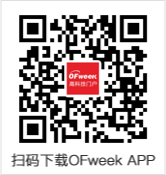
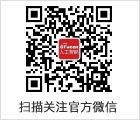









 分享
分享








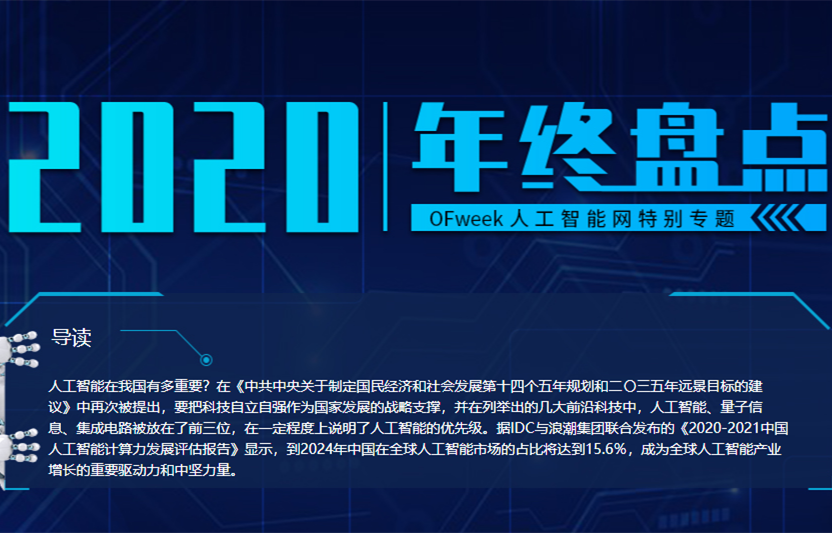

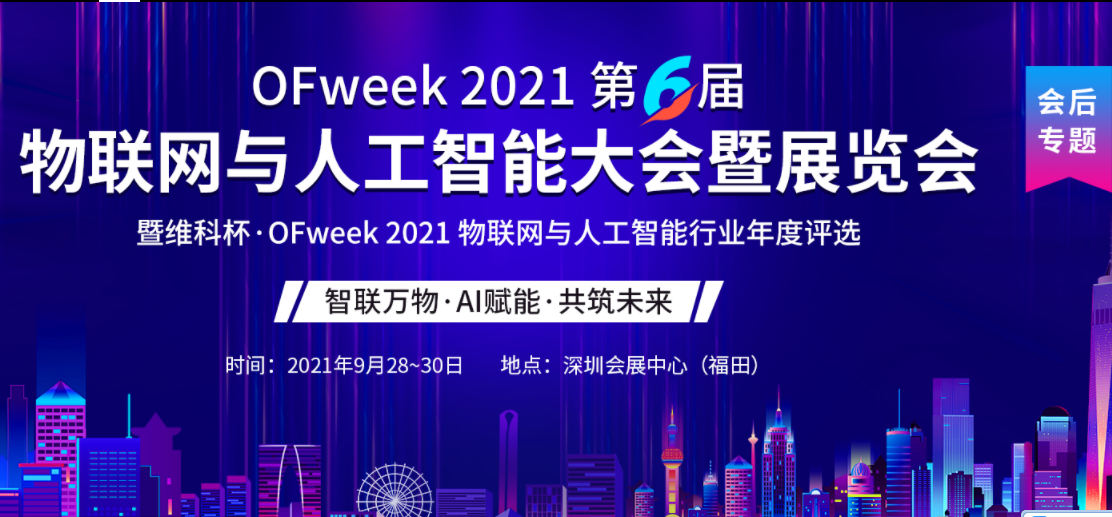
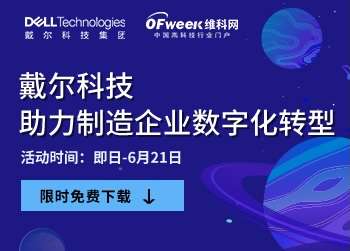



发表评论
请输入评论内容...
请输入评论/评论长度6~500个字
暂无评论
暂无评论